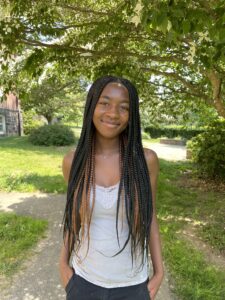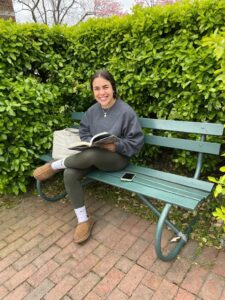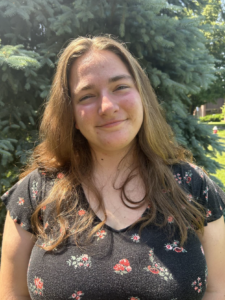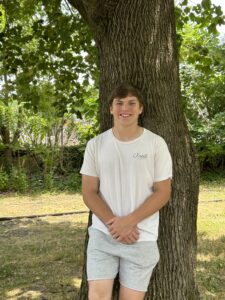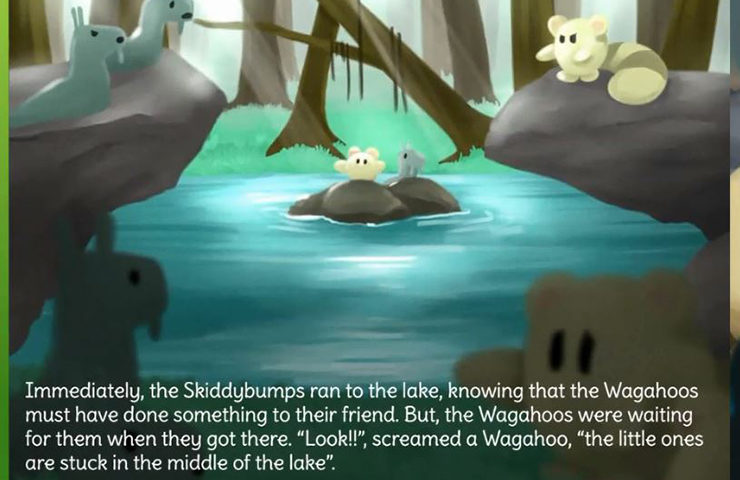
A newly designed end-of-year Children’s Literature project places George School’s collaborative ethos at its core, reaching across academic subjects and grade levels. The assignment is the brainchild of IB Coordinator and English teacher Kim McGlynn, developed in collaboration with Art teacher Jo Adachi and Global Politics teacher Meredith Alford. Coming toward the end of the year, Kim faced a question that many teachers struggle with at this time: how should she keep her students engaged? With the cancellation of the IB exam, she found herself formulating an answer with the newfound creative and pedagogical freedom allowed to her by this change in the curriculum.
Kim has assigned her IB HL English students to create an original children’s story and present it in the form of a picture book. Students were given the opportunity to collaborate with a partner on the story. Since not all of her English students were comfortable also acting as illustrators, Kim reached out to Jo, who has offered credit for participation in the project to his art students. For Jo’s students, Kim hopes that “the project provides a neat way to reflect the ‘real world’ experience of a working artist, which is often characterized not just by creativity and inspiration but also by attempting to recognize a particular vision, to operate collaboratively, and to adhere to project requirements and deadlines.”
While Kim’s IB HL English students who wrote the stories are all seniors, the illustrators range from freshmen to seniors and are enrolled in either Painting and Drawing, Advanced Painting and Drawing, or Senior Studio. Two of Kim’s students who were also in Meredith’s class were also given the opportunity to tailor their story to fulfill on a peace-oriented project for Global Politics, and will soon read their books to online to a live audience of GS faculty children, including Kim’s and Meredith’s. The result of these connections is a collaborative project reaching across the George School community to produce some truly exceptional results.
While students are encouraged to approach this with whimsy, they were also supposed to think about the deeper questions that come with writing fiction for any age: What age range is the primary audience? What is the conflict going to be? What is the message or subtext? Rather than getting right in to writing, Kim’s students did some preliminary research. They read and analyzed books from their own childhood (Story Time with IB HL English: Arrangement 3 and Story Time with IB HL English: Arrangement 7). Then they met and outlined the story with their illustrators and discussed where the accompanying images should be placed. After writing, time was allotted for editing and revision.
Kim’s own love for fiction in genres like fantasy, which often has more space in children’s literature, and her experience watching her 5-year-old son discover books were inspirations for this project. Kim stated that for her IB HL English students, “ a children’s literature project seemed a perfect way to allow students to work independently and asynchronously as necessary in keeping with remote instruction, yet also provide ample opportunity to think critically about audience and subtext, creatively about narrative, and collaboratively as they figured out how best to work with an illustrator.”
While not limited to seniors, this project was in part especially designed for them. Kim’s aim in creating this outlet for seniors was to offer an avenue for them “to think critically about themselves as an audience and to consider their own transition from childhood to adulthood as they prepare for college and beyond. Returning to one’s favorite childhood books can be a fun, nostalgic exercise and a way to honor the past.”
The value of this project at this time in their lives was not lost on the seniors themselves. When asked about it, Eva Kinnel ’20 said, “years ago, I think I would have created something more for the approval of others rather than serving my own passion and enjoyment.” She added “For instance, I would have been more inclined to write about, say, global warming because I know that’s something people are supposed to care about.”
Instead, Eva, Charlotte Spence ’20, and Joseph Hoopes ’20 came up with a story, The Wise Cantaloupe, aimed to “soothe insecurities concerning people’s bodies.” While Eva acknowledges the importance of major issues like climate change, she was happy to have written on a topic that her life has been “more profoundly touched by.” Eva stated: “Charlotte and I used an idea that we found as goofy as it was important. Thinking back to the list we generated when we were trying to come up with an idea, I am glad that I had time to discover what I really care about, and I’m glad I actually feel strongly about wanting children to hear our story.”
The Critter Chronicles by Kate Levesque and Hana Sparks-Woodford and illustrated by Celeste Huang-Menders was one of the stories presented via a live reading on May 20 and is a threefold collaboration between IB HL English, Advanced Painting & Drawing, and IB SL Global Politics. Prior to her reading (which also features a stuffed animal friend!), Hana Sparks-Woodford briefly explains the assignment, specifically the way this media serves as a response to the Global Politics Peace Project.
Terresa by Isabel Coulter-Daly and illustrated by Amanda Yang demonstrates the overlap between disciplines as Amanda was both a writer (via IB HL English) and illustrator (via Senior Studio).

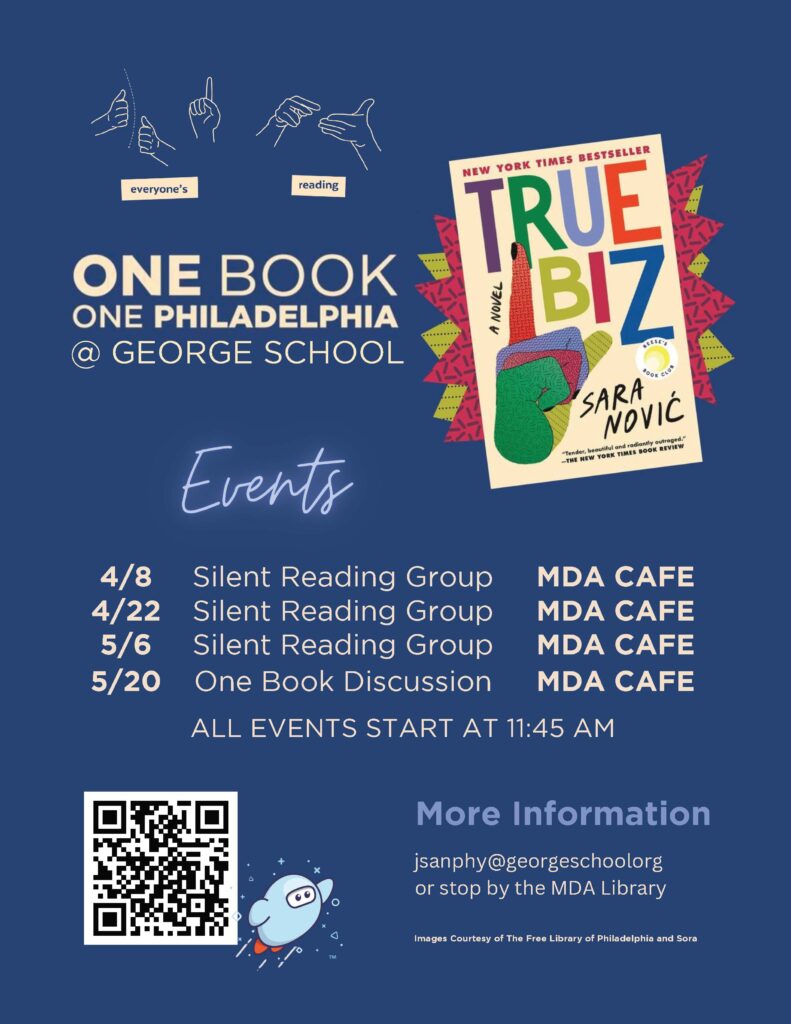
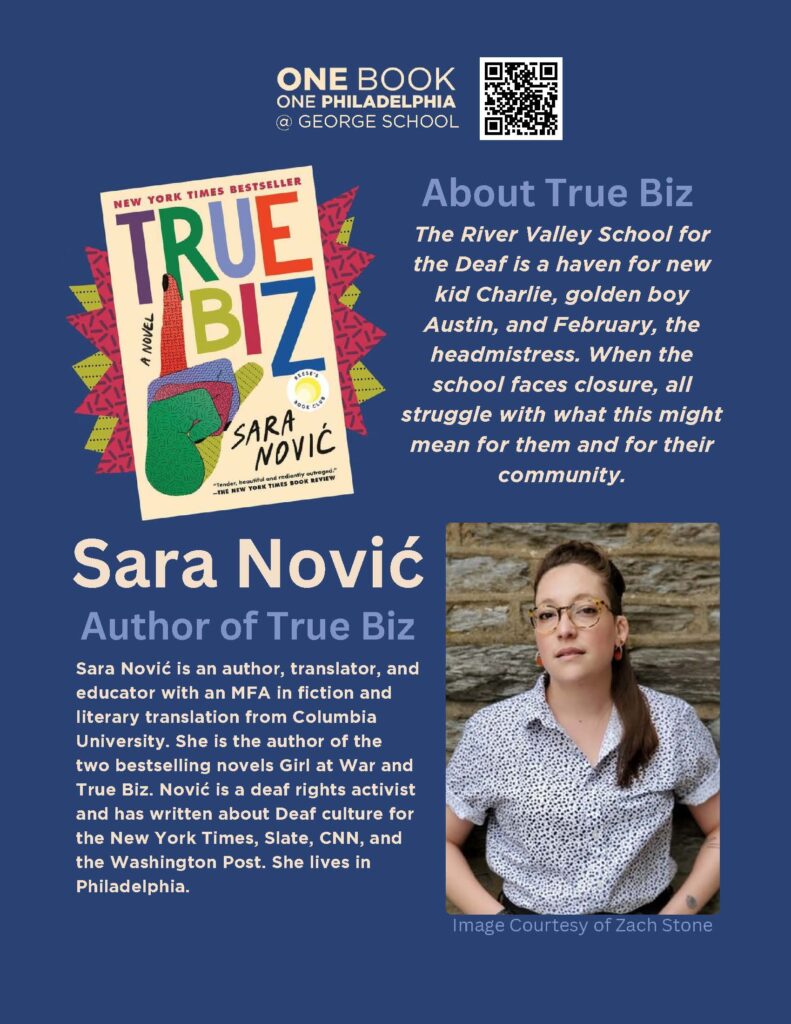



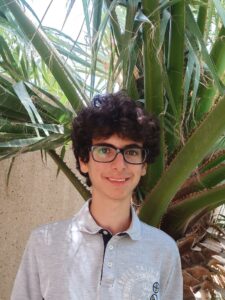 Monastir, Tunisia, and Amman, Jordan
Monastir, Tunisia, and Amman, Jordan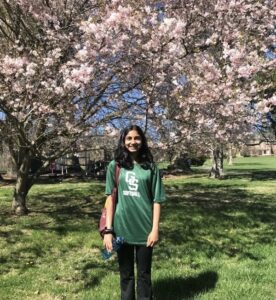 Irvine, CA
Irvine, CA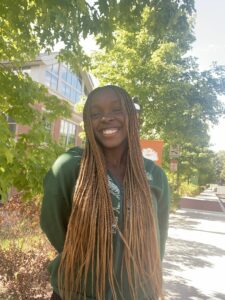 Feasterville-Trevose, PA
Feasterville-Trevose, PA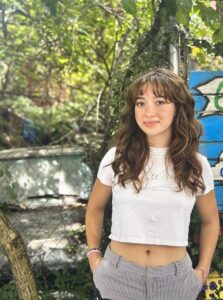 New Hope, PA (Previously NYC)
New Hope, PA (Previously NYC)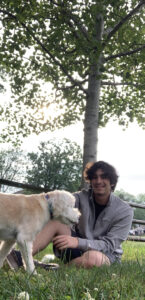 Richboro, PA
Richboro, PA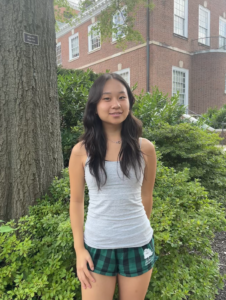 Englewood, NJ
Englewood, NJ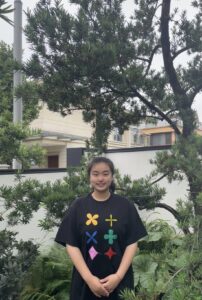 Ningbo, Zhejiang, China
Ningbo, Zhejiang, China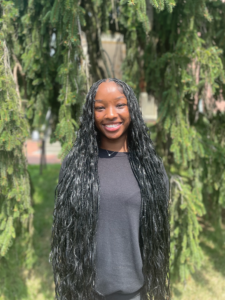 Willingboro, NJ
Willingboro, NJ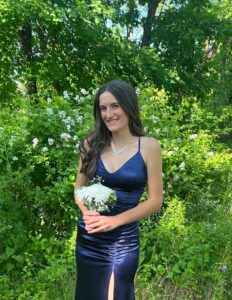 Yardley, PA
Yardley, PA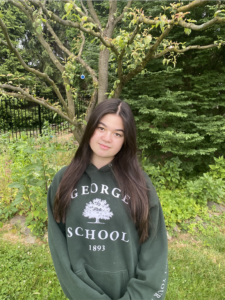 Newtown, PA
Newtown, PA Holicong, PA
Holicong, PA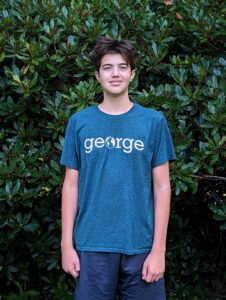 Newtown, PA
Newtown, PA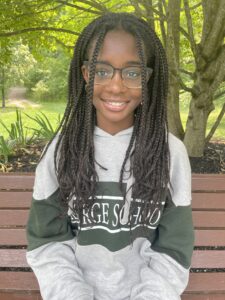 Hamilton, NJ
Hamilton, NJ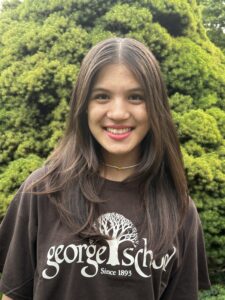 Yardley, PA
Yardley, PA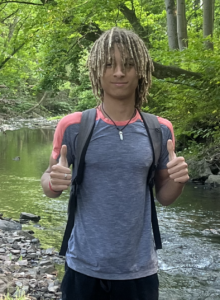 Lambertville, NJ
Lambertville, NJ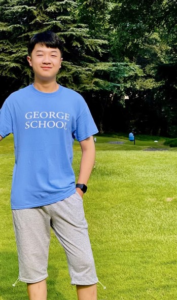 Chongqing, China
Chongqing, China Pennington, NJ
Pennington, NJ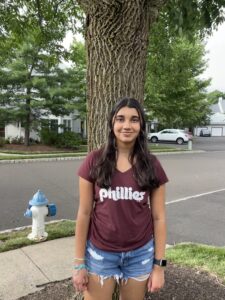 Yardley, PA
Yardley, PA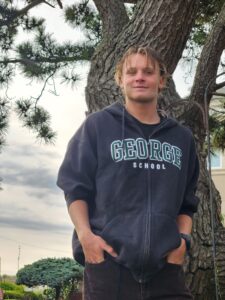 Bensalem, PA
Bensalem, PA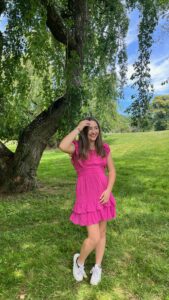 Borgota, Colombia
Borgota, Colombia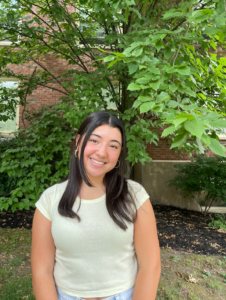 Newtown, PA
Newtown, PA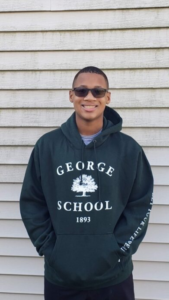 Burlington, NJ
Burlington, NJ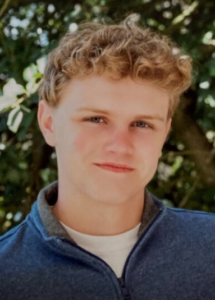 Langhorne, PA
Langhorne, PA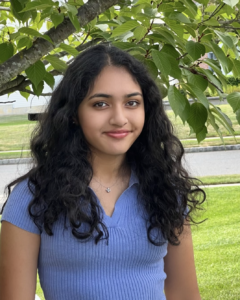 Princeton, NJ
Princeton, NJ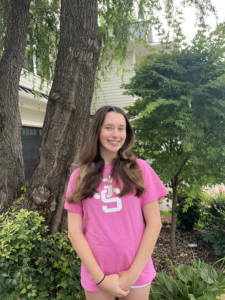 Langhorne, PA
Langhorne, PA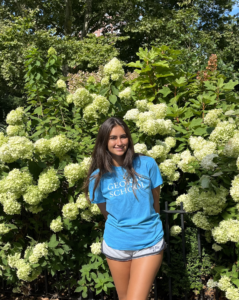 New York City, NY
New York City, NY New Hope, PA
New Hope, PA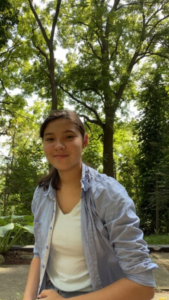 St. Catharines, Ontario, Canada
St. Catharines, Ontario, Canada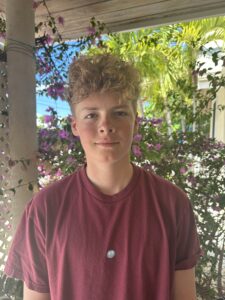 Providenciales, Turks and Caicos Islands
Providenciales, Turks and Caicos Islands Willingboro, NJ
Willingboro, NJ Princeton, NJ
Princeton, NJ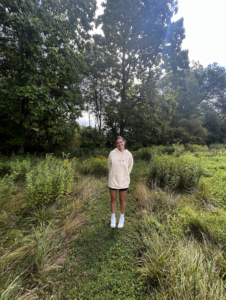
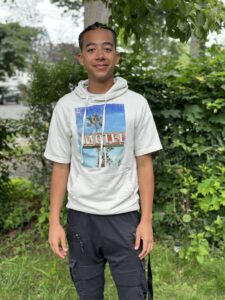 Newark, NJ
Newark, NJ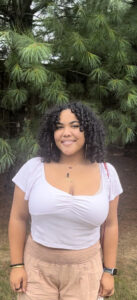 Trenton, NJ
Trenton, NJ Newtown, PA
Newtown, PA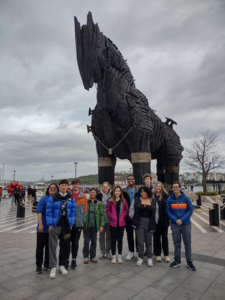
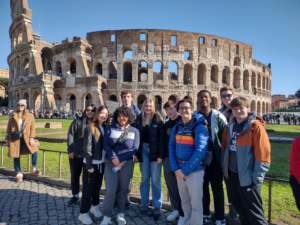
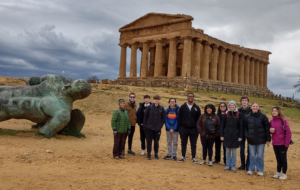

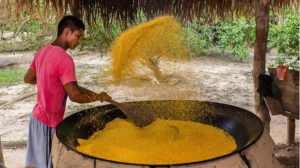
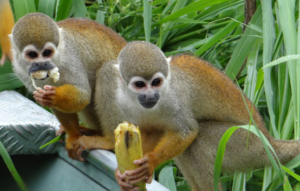

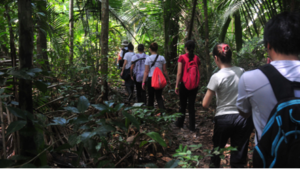
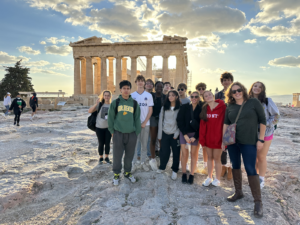
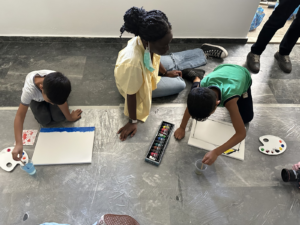
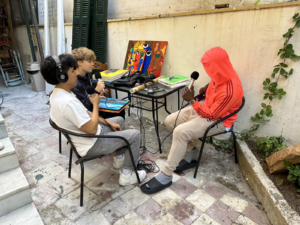

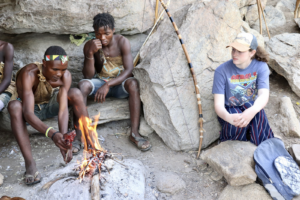
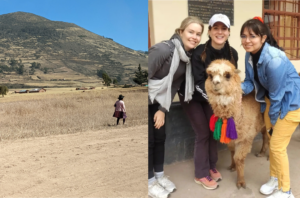

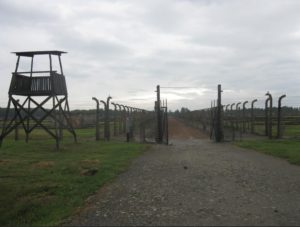


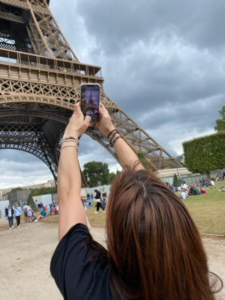
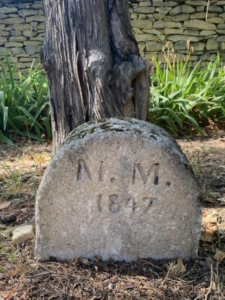
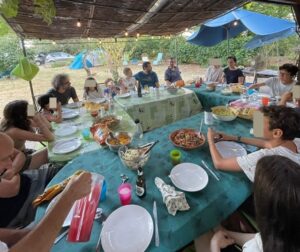
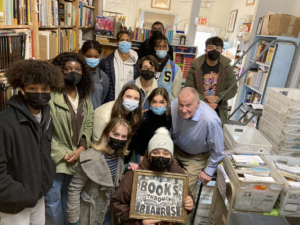
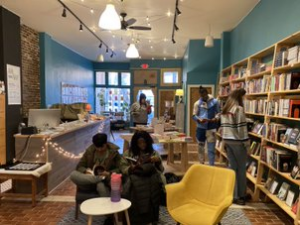
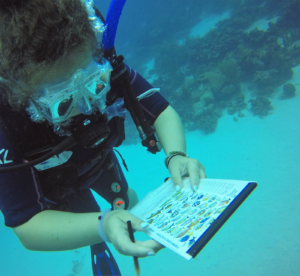
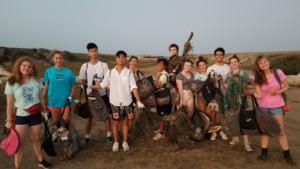
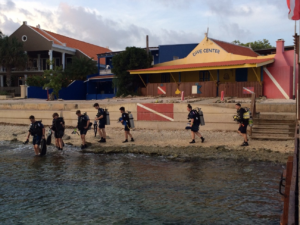
 Lawrence, NJ
Lawrence, NJ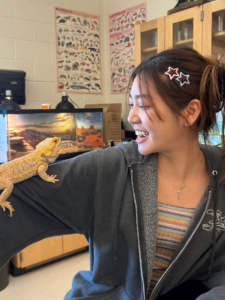 Seoul, South Korea
Seoul, South Korea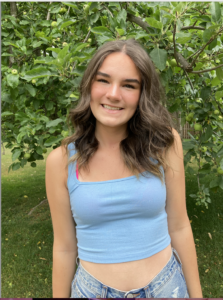
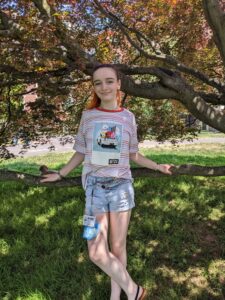 Milwaukee, Wisconsin
Milwaukee, Wisconsin Pennington, NJ
Pennington, NJ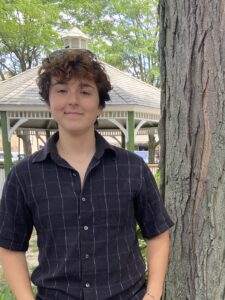 Jenkintown, PA
Jenkintown, PA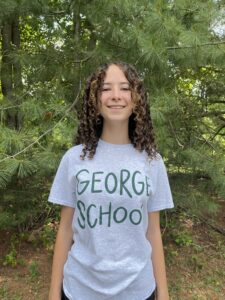 Ottsville, PA
Ottsville, PA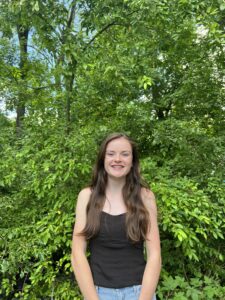 Yardley, PA
Yardley, PA Providenciales, Turks and Caicos Islands
Providenciales, Turks and Caicos Islands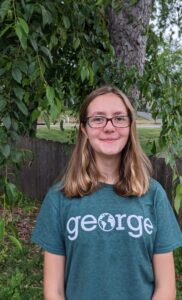 Hopewell, NJ
Hopewell, NJ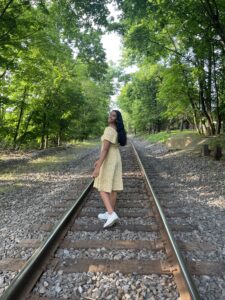
 Pottstown, PA
Pottstown, PA Playa del Carmen, Quintana Roo, México
Playa del Carmen, Quintana Roo, México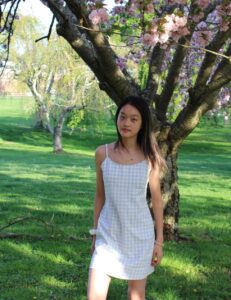 Shanghai, China
Shanghai, China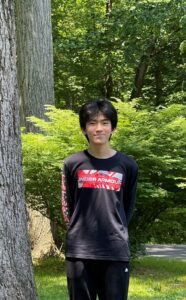 Beijing, China
Beijing, China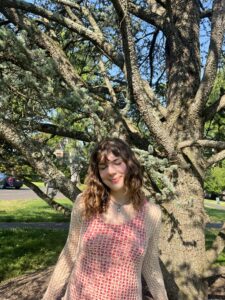 Yardley, PA
Yardley, PA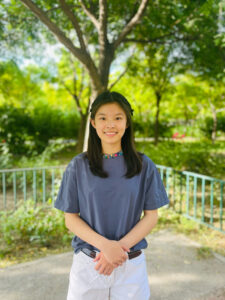 Beijing, China
Beijing, China Holland, PA
Holland, PA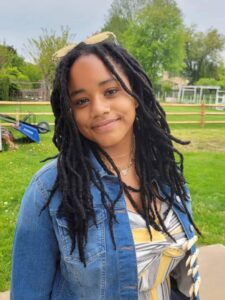 Langhorne, PA
Langhorne, PA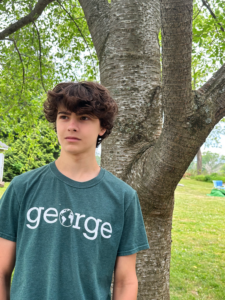 Ringoes, NJ
Ringoes, NJ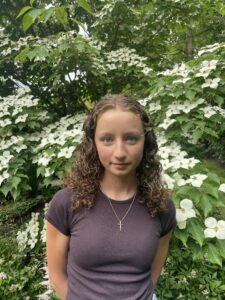 New Hope, PA
New Hope, PA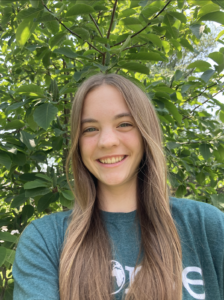 Dreshner, PA
Dreshner, PA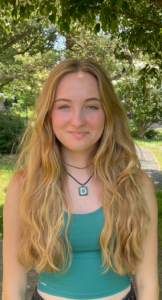 Yardley, PA
Yardley, PA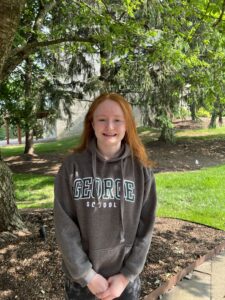 Yardley, PA
Yardley, PA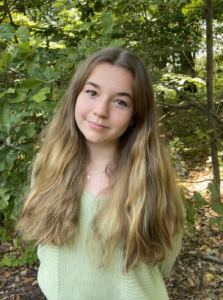 PA
PA
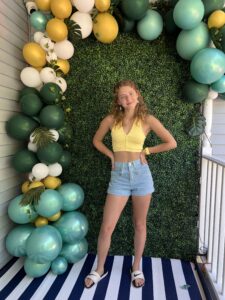

 Xi’an, China
Xi’an, China